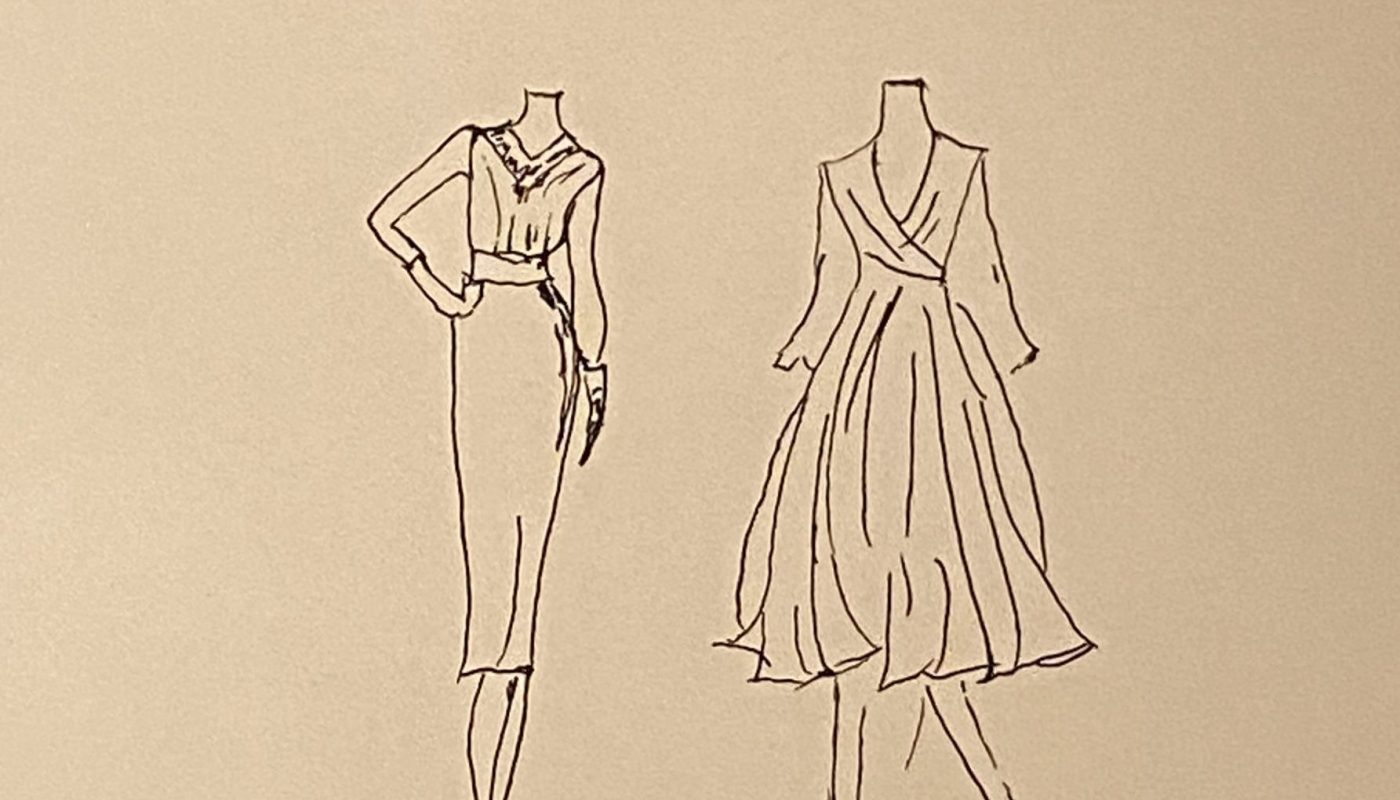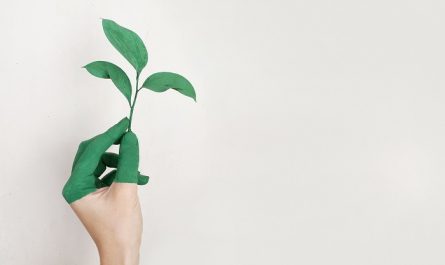https://youtu.be/RTwUiQJ64_o
Hello everyone, welcome back to my blog. Today, I would like to show the international trade of clothing with you from the perspective of international traders.
As an end-customer, we can only see the branded apparel hanging in the beautiful shop window like the above video showed but this is not the whole story.
How are the clothes made?
How does international trade in clothing work?
We will figure out these questions step by step in the article below 😉
Generally speaking, there are 4 steps to complete an order of clothing.
First step: check out the clothing process sheet (product order)
1.1 Targeting the qualified manufacturer according to the requirements of the customers’ order.
- Translating the clothing specification into the native language of your target manufacturers. (This is the process that requires you to accumulate and learn terminologies of the garment industry.)
1.2 Proofreading existing orders with reference to previous orders.
- Identify and highlight new product changes and requirements in the order.
- Figure out the unclear point in the process sheet and communicate with the customer in time.
1.3 Final confirmation of clothing specification.
- Confirmation of main material like the fabric variety, yarn count, structure, gram weight, color (marking the special color in the process sheet).
- Confirmation of auxiliary materials like the zipper, rope, buckle, wind eye, lace, elastic band, woven cloth, rib, main label, wash label, hanging tag, decorative tag, etc.
- Special confirmation of the garment printing and some special garment sewing technologies like fabric mercerization, washing, tie-dye, etc.
Second step: accounting price
2.1 Verifying the quality and quantity of raw materials(main material & accessory) according to the customer’s order.
- To determine the cost of raw material with raw material suppliers.
- Calculating the number of raw materials related to the special processes with the related craft personnel.
- Calculating the production capacity and processing cost according to the process sheet by the production workshop.
2.2 Summarizing the data to calculate the price.
- Be sure to give a clear indication and reminder of the price of the special requirement in the order.
2.3 Making quotation
Third step: preparing the sample
3.1 The samples
- sample of design: The style sample mainly checks the workmanship. The size and workmanship of the style sample have to be made in full accordance with the instructions given by the customer. Manufacturers can use alternative fabrics for the style sample but be sure to design the matchable color scheme if the garment has a color scheme.
- Sample of confirmation: The confirmation sample will be verified by the designer. The color and material of the clothes, the printing and embroidery should be done in strict accordance with the order. Only if the designer is satisfied with the confirmation sample will there be a chance to proceed.
- Pre-production sample: The pre-production sample represents the quality and level of the bulk product.
- Advertising sample: Advertising sample used by customers to promote and increase sales before mass shipment. The advertisement sample especially requests a good exterior effect.
- Washing sample: In order to ensure that the size of the sample remains the same after washing the shrinkage rate of the working fabric must be made in advance.
- Outturn sample
3.2 Tinctorial pattern
The sample of the color should be clearly confirmed with the customer (Is the client verifying the color in natural light or in light). As an international trader, you should keep a tinctorial pattern in order to check the bulk in the future production process.
3.3 Printing sample and embroidery sample (color combinations and pattern)
Fourth step: supporting materials (accessory)
Finding and ordering qualified supporting materials in limited time is a challenge since supporting materials have the characteristics of small quantity, higher quality, and many varieties.
- Confirming the specification and dosage of supporting materials in advance.
- Building a strategic relationship with the supporting materials supplier in order to deal with the emergency situation and exception.
- Extensive collection of auxiliary material manufacturers and setting up the big network with those qualified suppliers in order to decrease the searching time of supporting materials especially for rare and unusual accessories.
The important step of a successful trade is communication. Only good communication can accurately identify the needs of customers and find matchable manufacturers according to the requirement of customers then produce a qualified product.
I hope this article could bring you another perspective on the clothing industry and feel free to leave your question and opinion in the comment below.
Welcome to contact me for any international business problem that I could give a hand via LinkedIn https://www.linkedin.com/in/jing-li-7a578015b/
Take care and all the best!
special thanks to 外贸小达人




Great tips! Who knows? If I will ever think of having my own clothing line, I will remember about what you shared here on blog. Keep up the good work!
Thanks for your nice words, I will continue to show the production process of different products based on my years’ international trade experiences.
Let me know, which kind of product do you want to know more and I will try to do it in the next blog. 🙂